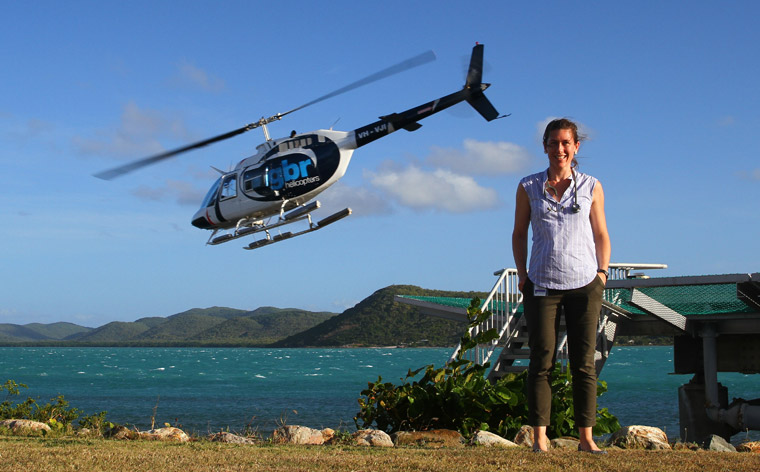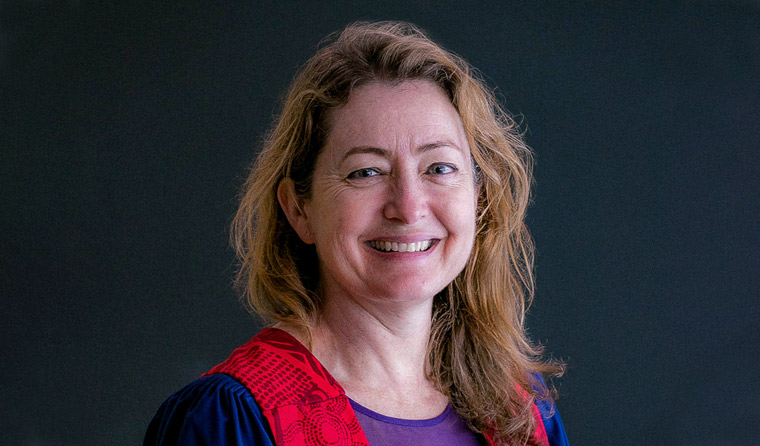Feature
Rural and city: Striving for improved health equity
A remote GP and a city GP compare experiences and discuss the endeavour for health equity across geographical locations.
 City and country divide: health inequalities are evident across Australia.
City and country divide: health inequalities are evident across Australia.
It is no secret that Australians in rural areas experience different health outcomes than those who live in the city.
Lifestyle, health outcomes and burden of disease can vary greatly according to geographical location, with people living in outer-regional and remote areas experiences higher rates of adverse health outcomes, recent data confirms.
According to the Australian Institute of Health and Welfare (AIHW), ‘poorer health outcomes in rural and remote areas may be due to a range of factors, including a level of disadvantage related to education and employment opportunities, income and access to health services’.
Almost three in four people in outer-regional and remote areas do not get enough exercise, and 21% of people in these areas smoke, compared to 13% in major cities.
RACGP Rural Chair Associate Professor Ayman Shenouda recently released a statement to all rural members, calling for parity between healthcare delivery across geographical areas.
‘Due to resource and staffing constraints, there is a considerable health disparity between urban and more remote communities that must be addressed by both state and federal governments,’ he wrote.
‘We call for adequate resourcing of health services, staff and appropriate training to address this disparity.’
Rural and city
Dr Alex Hofer is a GP in Thursday Island and a senior medical officer at Torres and Cape Hospital and Health Service. In her experience, working in such a remote area is rewarding, but presents some undeniable challenges.
‘As a GP working in a remote location, my colleagues and I work hard to provide high-quality
healthcare services to our community. Providing the same level of healthcare in remote areas is much harder to do when compared to urban areas,’ she told newsGP.
‘This is part of the beauty of being a generalist in a rural or remote setting, but it’s also a significant challenge.’

A GP in Thursday Island in the Torres Strait, Dr Alex Hofer finds working in such a remote area is rewarding, but acknowledges it presents some unique challenges.
Dr Hofer provides outreach services to the remote islands of the Torres Strait, which often do not have access to same-day pathology, for example.
‘Patients are required to leave their homes and families to travel to Thursday Island or Cairns to access imaging and our visiting outreach specialists,’ Dr Hofer said.
Despite being an urban GP, RACGP Board and NSW&ACT Chair Associate Professor Charlotte Hespe recognises the challenges some GPs and patients may experience in areas outside cities.
‘My experience as an inner-urban GP is that I have a cohort of patients who live in rural and remote settings or who have relatives who live in these settings, and I am well aware of how hard it can be to access suitable services to meet their healthcare needs,’ she told newsGP.
‘This means either the healthcare issues go unaddressed or they have to attend services that are very difficult to access and are still unable to really address their healthcare needs.
‘In my part of the city, we are overwhelmed by people who have multimorbidity and complex socio-economic needs and I can spend an enormous amount of my clinical time trying to find suitable services for them to access.
‘I am aware that this can be much harder in the rural and remote parts of our country.’
Associate Professor Hespe acknowledges geographical convenience as a key factor in patients accessing healthcare services (ie visiting their GP) more in metropolitan areas, depending on actual location, patient accessibility, and specific healthcare issues.
‘However, it is very true generalisation to say that access is much harder so therefore much less likely for people in this [rural or remote] environment to consider accessing their GP as often as some people in urban settings are able to do,’ she said.
Continuity of care and reducing health inequalities
Continuity of care is recognised as leading to overall better health outcomes, while fragmented care can lead to poorer health.
Dr Hofer recently examined the importance of continuity of care, particularly in areas where more barriers may exist than in the city.
She believes workforce shortages and high staff turnover in remote areas can reduce that continuity, and there is further need to implement solutions on a community level, including utilising a small-team approach and adapting clinic procedures to meet patients’ needs.
‘Patients value continuity of care and don’t like re-telling their stories to new locum staff week after week,’ Dr Hofer said.
‘There are many strategies that can improve staff retention in remote areas. These include, but aren’t limited to, flexible rostering, adequate recreational leave, as well as suitable accommodation and childcare arrangements.’

‘Healthcare equity is about the right service in the right time at the right location and means ensuring access, affordability and appropriateness of the service,’ Associate Professor Charlotte Hespe said.
Improving continuity of care in rural and remote areas is part of reducing health inequalities between metropolitan counterparts. The RACGP’s 2019 General Practice: Health of the Nation report reveals that although there are many rural and remote areas where the primary healthcare system continues to thrive, patients and GPs working outside major cities face unique challenges.
Declining bulk-billing rates, patient wait times and fewer GPs choosing to work in rural and remote Australia are some of the challenges.
Associate Professor Hespe said that ‘multiple approaches’ to reducing health inequalities between rural and metropolitan areas have been tried with varying success, depending upon the location and the people engaged with set up and provision of the service.
According to Associate Professor Hespe, such approaches include:
- rural medical schools to upskill local doctors
- rural scholarships for medical students with ‘pledged time of service’
- incentives for doctors moving into these areas, such as accommodation
- international medical graduates who can only work in rural or remote locations
- telehealth options
- fly-in and fly-out doctors and outreach clinics.
Dr Hofer agrees with the significance of telehealth and outreach services in remote areas.
‘Telehealth is an acceptable and cost-effective initiative that works to link remote patients with their GPs and specialists when access is limited by distance,’ she said.
‘This can be especially useful during our wet season [in the Torres Strait], when outreach services can be grounded by difficult weather.’
Despite these approaches, Associate Professor Hespe believes all boxes need to be ticked before success in narrowing healthcare disparities is achieved.
‘We can set up a health clinic in a remote area that no one goes to because it is not actually meeting the local peoples cultural needs and/or is not affordable,’ she said.
‘Healthcare equity is about the right service in the right time at the right location and means ensuring access, affordability and appropriateness of the service.’
‘It would seem to me that we do need to be very flexible and innovative in how we try and solve this multi-layered problem, as access to healthcare is not only about having a service but also about it being the “right” service that is also at the “right” cost.’
Login below to join the conversation.
continuity of care health disparities remote rural workforce shortage
newsGP weekly poll
As a GP, do you use any resources or visit a healthcare professional to support your own mental health and wellbeing?